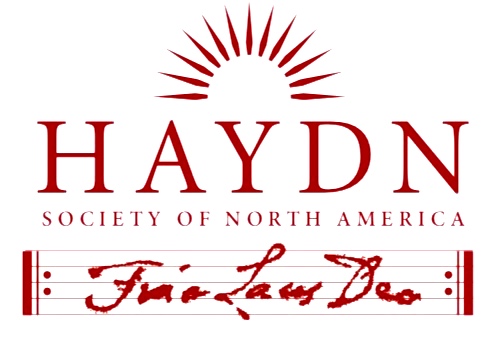
Document Type
Article
Abstract
Despite expressing a strong religious faith throughout his life, Haydn’s secular music far outnumbers his sacred works. Certain symphonies, however, include either allusions to religious themes or project what can be interpreted as a devotional mood. Specifically, some unusually long symphonic slow movements during Haydn’s “Sturm und Drang” period may be orchestral depictions of a meditative, contemplative, prayerful state of mind. They likely reflect the particular practices of Roman Catholic belief and worship that were a pervasive part of the culture in which Haydn lived his entire life and also part of his personal belief system. The Adagio assai of his Symphony No. 54 is the longest of these movements when it is played at the tempo the composer specified and with the repeats indicated for its two large sections observed. This movement may in particular have been inspired by, intended to accompany, or perhaps depict the saying of a major Catholic devotion, the Rosary, whose recitation Haydn is known to have used to inspire his musical creativity.
Recommended Citation
Stratmann, Henry
(2024)
"A “Rosary” Symphony? The Impact of Haydn’s Religious Faith on His Symphonies,"
HAYDN: Online Journal of the Haydn Society of North America: Vol. 14, Article 4.
Available at:
https://remix.berklee.edu/haydn-journal/vol14/iss1/4
Included in
Music Education Commons, Musicology Commons, Music Pedagogy Commons, Music Performance Commons, Music Practice Commons, Music Theory Commons
© Haydn Society of North America ; Boston: Berklee Library, 2024. Duplication without the express permission of the author and/or the Haydn Society of North America is prohibited.


